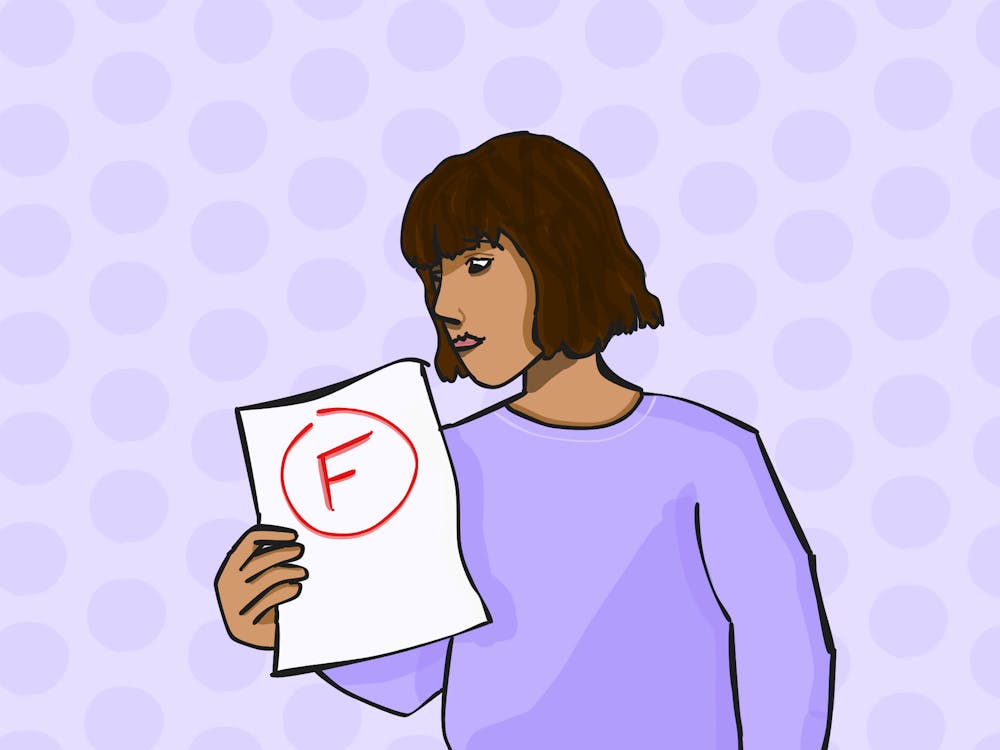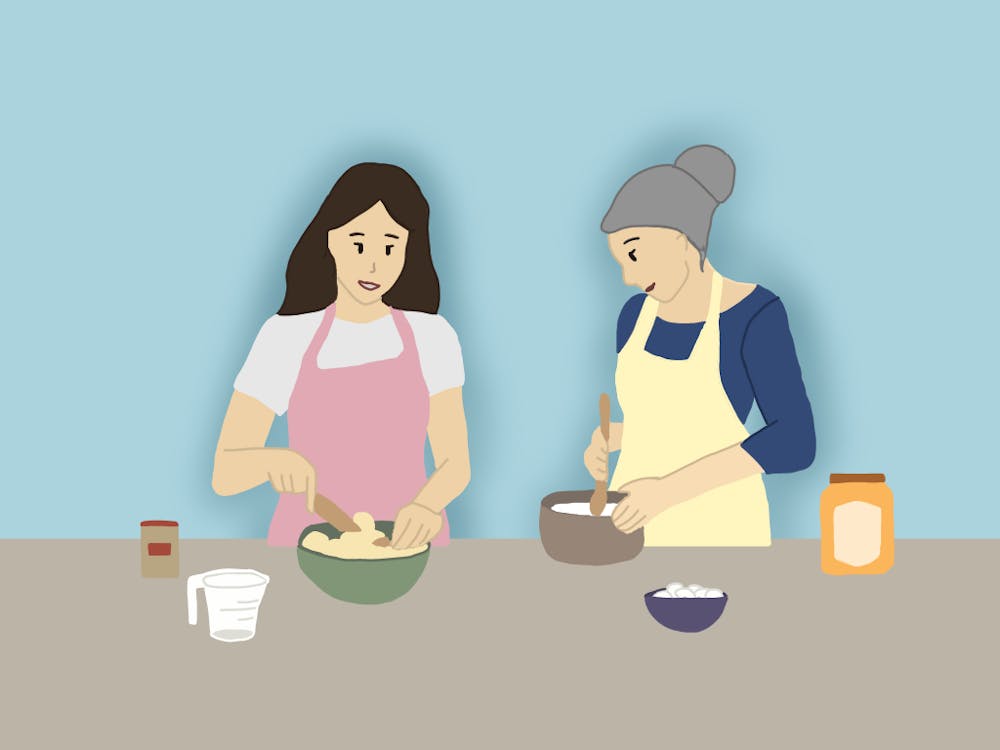Middle school students are notorious for their short attention spans, especially in the classroom. The University's Curry Center for Technology and Teacher Education collaborated with the Smithsonian Museum to develop a new educational tool, launched Sept. 1, to combat this age-old problem.
The team created an educational Web site titled, "Picturing the 1930s," which allows middle school students to create digital documentaries focusing on the Depression era.
Education School senior research scientist Bill Ferster said the school has a series of classes aimed at introducing technology in a classroom, such as Primary Access, which was developed by Ferster and Prof. Glenn Bull, co-director of the Center.
This program's movie-making aspect formed the base for "Picturing the 1930s." Primary Access has more than 20,000 primary source documents, including the Smithsonian's extensive collection of 1930s artwork, which was added last year.
Five years ago, Thomas Hammond, then graduate student and current Lehigh University professor, visited Buford Middle School to test the newly developed Primary Access tool. For the experiment, Hammond formed two separate classes. In one, the students made movies, while the other class made PowerPoints.
"We compared the results, which were phenomenal," said Buford seventh grade teacher Margi Roache, whose class participated in the experiment. "My kids didn't want to miss class when we were doing these movies."
To make these digital documentaries, Ferster said visitors navigate through different "rooms" on the site to choose a series of Smithsonian artwork, which includes media such as a radio playing 1930s music or film clips featuring original news reels, in addition to more traditional, linear work.
Although the site features an impressive sampling of technology, at the core, its main objective is to make uninterested middle school students more excited about learning.
Former Education School Prof. Curby Alexander explained that middle school students generally enjoy creating movies instead of structured essays.
"Creating digital documentaries caused the students to be more interested in the content," Alexander said. "When the students knew they were going to be making a movie at the end of the unit, I think they were a little more engaged, interested, and willing to stay on task."
Alexander added that there are theories suggesting the mind can remember information better when it is associated with images, which "actually act as a hook and students can hang information on that hook, so that when they're retrieving information for a test or writing assignment, those images come to mind," he said.
Ferster also agreed that digital documentaries offer a welcome alternative to the five-paragraph essay.
"We've done some research and find that hour for hour, they [the students] learn just as much as if they we're doing a standard essay, but they enjoy it so they're more engaged," Ferster noted.
Although Roache has yet to use the new site with her students, she mentioned that in terms of movie-making, the Web site is probably the best she has seen. She also recognizes from past experience how the movie-making process "gives [the students] a better understanding of what they're doing because they're not just learning from a lecture or reading from a book [because] they take a little more ownership of it."
Using new educational tools like "Picturing the 1930s" may help social studies teachers to make history more interesting to their students, Ferster said. "You wouldn't need to use it all the time but you would use it at various times to essentially give students another way to express themselves when talking about historical situations," he added, noting that the Web site makes writing - often a tedious task for students - more enjoyable.
"I think they get a deeper sense of history by interacting closely with the documents as opposed to reading text in a book and regurgitating it for an essay," he said. "They're able to experience it a little more directly"






